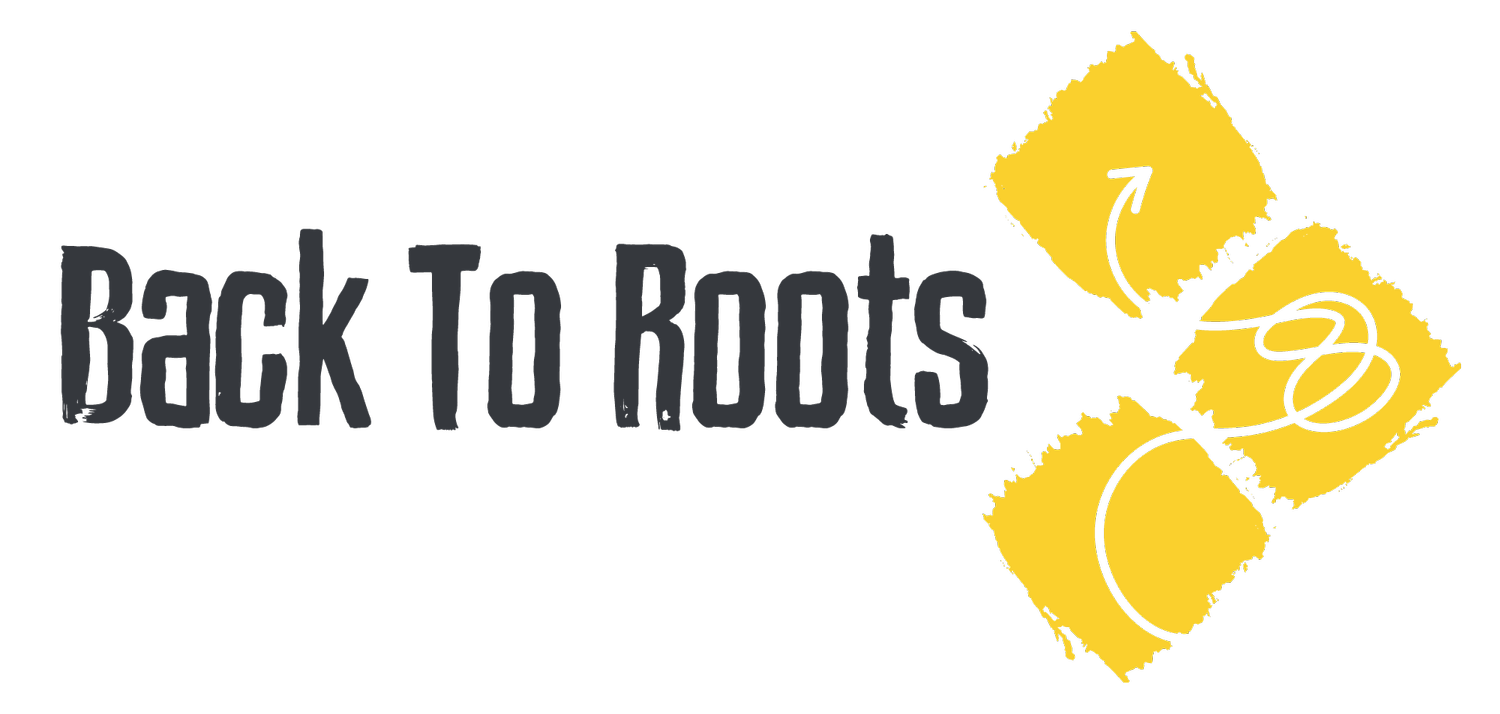Yoga for Every-Body, including bodies that hurt
Recently a huge piece of scientific research came out from “The Lancet” on Chronic back pain which is the number 1 disability in the world. I won’t bore you with the science, I’m not a scientist and leave that for my clinical friends to explain these things to me but if you wish to read some of it you can here1
In a nutshell, what these papers were explaining is that we’ve been treating chronic pain really badly for a long time. We’ve used too many unnecessary drugs and surgeries, when the real focus should be on keeping people moving, reassured and empowered. There are of course many exceptions to these guidelines but this was the gist.
Yoga has been suggested as a useful treatment for people in chronic pain. This big study back in 2013 showed that Yoga can be a very effective therapy for people with chronic pain.2
“We’ve used too many drugs and surgeries, when the real focus should be on keeping people moving, reassured & empowered.”
So why would this be? What possible benefit could Yoga have?
Well my nerdy friends explain to me that chronic pain is more than just an issue in our tissues, it is in fact a perception, an experience felt by the whole person. This perception can be affected by things like sleep, stress, too much or too little movement, smoking, anxiety and plenty more.
Yoga has elements of relaxation within the classes, which provide plenty of opportunity for people to breath deeply, get mindful and reduce anxiety. This scientific review shows Yoga may be beneficial for reducing anxiety and even depression3.
What the relaxation work can do is help your body feel safer, less threatened and the lower the perception of threat the lesser the perception of pain.
Yoga for Pain.....??
Aside from the relaxation and mindfulness, Yoga helps get people moving in an exploratory way, especially the playful style of Yoga I like to work with. Moving itself, in whatever way people enjoy is what the Lancet paper recommends with no superior exercise, as long as they are moving!
In a guided Yoga class we tend to explore positions which are not only affecting your body, but also your brain.
Here is a picture of the Homonuclouswhatyama cally …… Hang on, let me google this! It’s the Homunculus!
Look at the image below. The image on the right apparently shows a cross section of your brain with each fold representing a body part. If these brain regions were scaled up to make a cartoon character it might look a bit like the chap on the left!
This is theoretically how we think our brain perceives or “SEES” our own physical body. Note the big hands, that’s why our hands are so sensitive to touch, we could distinguish very small objects blindfolded with our finger tips quite easily, but if you tried to just use your lower back to do this, or your thigh it may be impossible.
“When we explore sometimes we wobble a bit, but thats OK”
The really clever brain pain scientists have come up with a term called smudging which they believe can happen to a body part in pain or one that doesn’t move often. Imagine you kept your hand in an oven glove for 10 years never taking it off, this might distort the image that your brain has of your hand, smudging it and also making it smaller (shown below). This smudging has been associated with pain.4,5,6
Image left, a sharp hand is shown. Imagine wearing an over glove on this hand for 10 years, the brains representation (homunculus) of that hand might become a little less accurate, or blurred (image right). This has been associated with pain.
Now one thing that seems to help this is movement, especially novel, accurate, exploratory movements. A professional pianist for example has a crystal clear and very large hand in his brains homocululothingy.7
Explorative, playful movement, done safely, helping people see what they can actually do, and encouraging them to explore their movement potential is what our playful yoga classes are all geared towards. In my experience this has helped people have less fear of certain movements, improved their self confidence and most importantly to me, have a little fun.
“Explorative, playful movement, done safely, helping people see what they can actually do, encouraging them to explore their movement potential is what our playful yoga classes are geared towards”
When we explore sometimes we wobble a bit, that’s all ok, it’s just the brain probably trying to sharpen up the image a little more, and with practice, it always gets better. Even then, it doesn’t have to get better or stronger to have less pain, simply moving around itself can benefit this.
So come down and say hello. Have a play with your own movement and see how this makes you feel.
I look forward to sharpening up your Homomuclothingy soon!
May Pansungnoen,
Back to Roots :)







